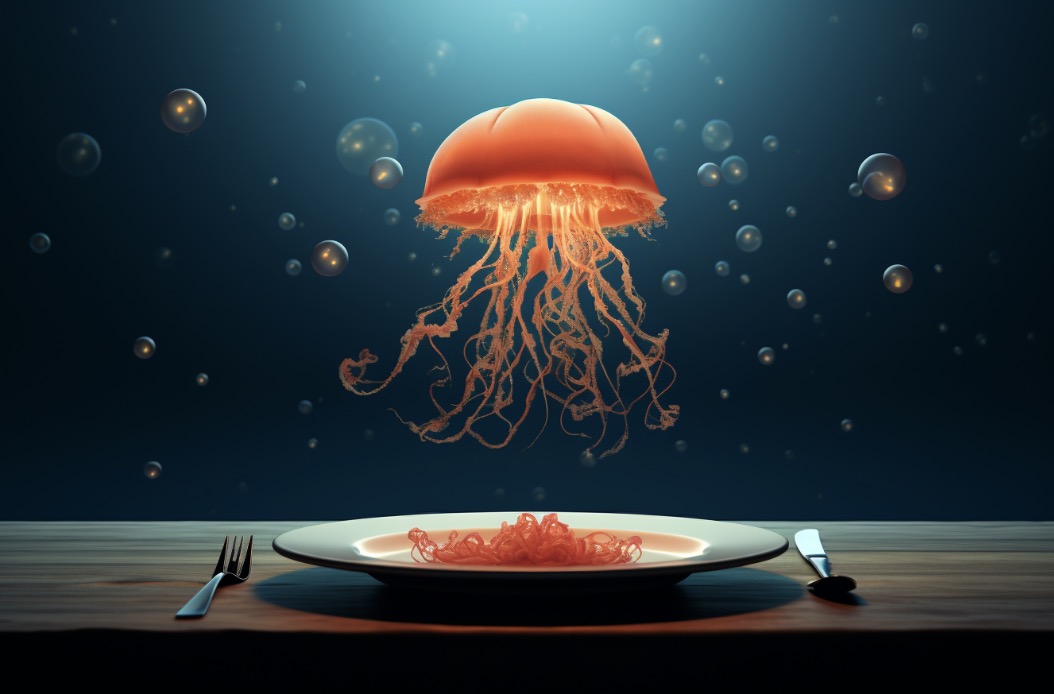As a marine biologist with a love for sand dollars, I often get asked if sand dollars have radial symmetry.
Yes, a sand dollar has radial symmetry.
And the answer is yes, they do! But let me explain why.
What is Radial Symmetry?
Radial symmetry is a characteristic found in many animals, especially invertebrates, where the body can be divided into equal halves by multiple planes that pass through a central axis. This means that the animal’s body parts are arranged around a central point, much like spokes on a wheel.
The Anatomy of a Sand Dollar
Sand dollars are a type of echinoderm, a family of marine animals that also includes sea urchins and starfish. They have a flattened, round, and disc-like shape, with a hard exoskeleton called a test.
The top side of the test is covered in tiny spines and has a distinctive flower-like pattern made of five petal-like structures, called ambulacra.
The ambulacra are part of the sand dollar’s water vascular system, which is used for movement, feeding, and respiration. The five ambulacra radiate out from the center of the test, forming a star shape.
The Role of Radial Symmetry in Sand Dollars
The radial symmetry of sand dollars is essential to their survival and way of life. It allows them to move in any direction and orient themselves in the water column easily.
This is because their ambulacra are arranged in a radial pattern and can be moved independently, providing excellent maneuverability.

Additionally, sand dollars use their radial symmetry to feed.
They are filter feeders, meaning they consume small particles of food suspended in the water column.
Sand dollars use their tube feet, which are also arranged in a radial pattern, to capture food and transport it to their mouth, located in the center of their test.
The Evolution of Radial Symmetry in Echinoderms
Radial symmetry is a defining characteristic of echinoderms, but it wasn’t always this way. Fossil evidence suggests that the earliest echinoderm ancestors had bilateral symmetry, similar to most animals.
However, over time, echinoderms evolved to have radial symmetry, likely as a result of their unique lifestyle and habitat.
Fun Facts About Sand Dollars and Radial Symmetry
1. Sand dollars are not actually dollars. They were given their name because their round shape and flatness resemble coins, but they are living animals.
2. Sand dollars have a unique defense mechanism. When threatened, they will burrow into the sand using their spines and hide from predators.
3. The color of a sand dollar’s test can vary depending on its species and habitat. Some are white, while others are a reddish-brown or purple hue.
4. Sand dollars can reproduce sexually or asexually, depending on environmental conditions.
5. Sand dollars are important members of their ecosystems. They help regulate the amount of sediment in the water column and provide food for many other marine animals.
#
Conclusion
In conclusion, sand dollars do indeed have radial symmetry.
This characteristic is essential to their survival, allowing them to move, feed, and thrive in their unique marine environment.
So, the next time you spot a sand dollar on the beach, take a moment to appreciate its beautiful radial symmetry and all the incredible adaptations that make it such a fascinating creature.
FAQs
Is sand dollar radial symmetry?
Yes, sand dollars exhibit radial symmetry, meaning that their body parts are arranged around a central axis in a circular or radial pattern.
What type of symmetry does a sand dollar have?
A sand dollar has radial symmetry.
Is a sand dollar bilateral?
Yes, sand dollars are bilateral.
They have a distinct left and right side and exhibit bilateral symmetry.
Is a sand dollar radial or bilateral?
A sand dollar is radial, meaning it has radial symmetry with five-fold symmetry.
Are sand dollars bilaterally symmetrical?
Yes, sand dollars are bilaterally symmetrical.
Does a sand dollar have rotational symmetry? Yes, a sand dollar has rotational symmetry.
Specifically, it has five-fold rotational symmetry, meaning that it can be rotated by 72 degrees around its center and still look the same.




